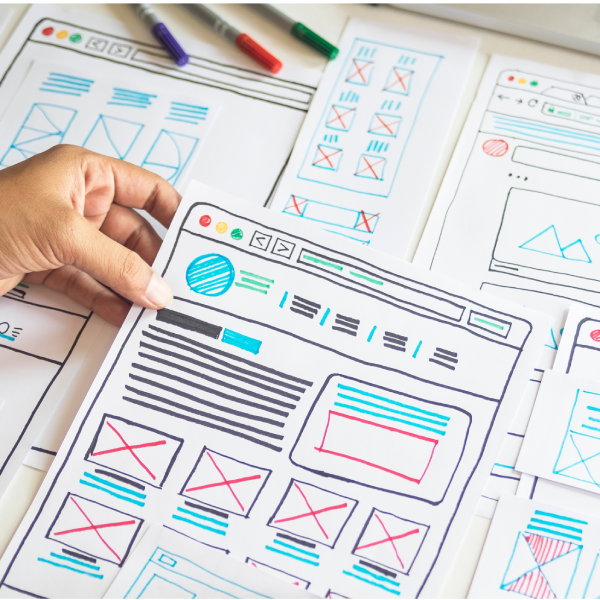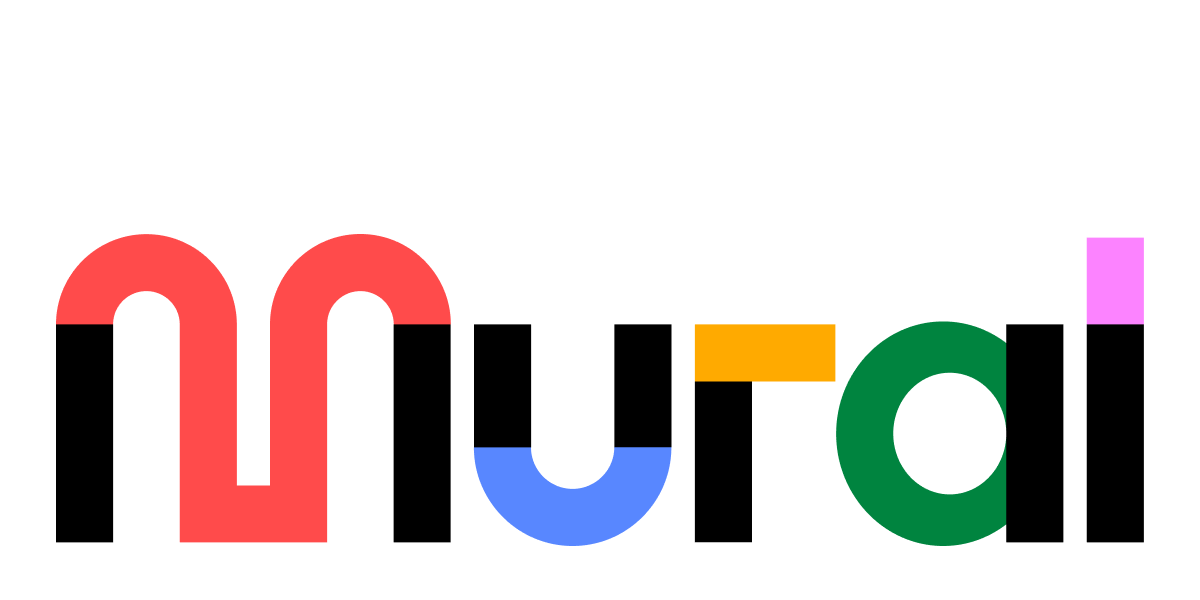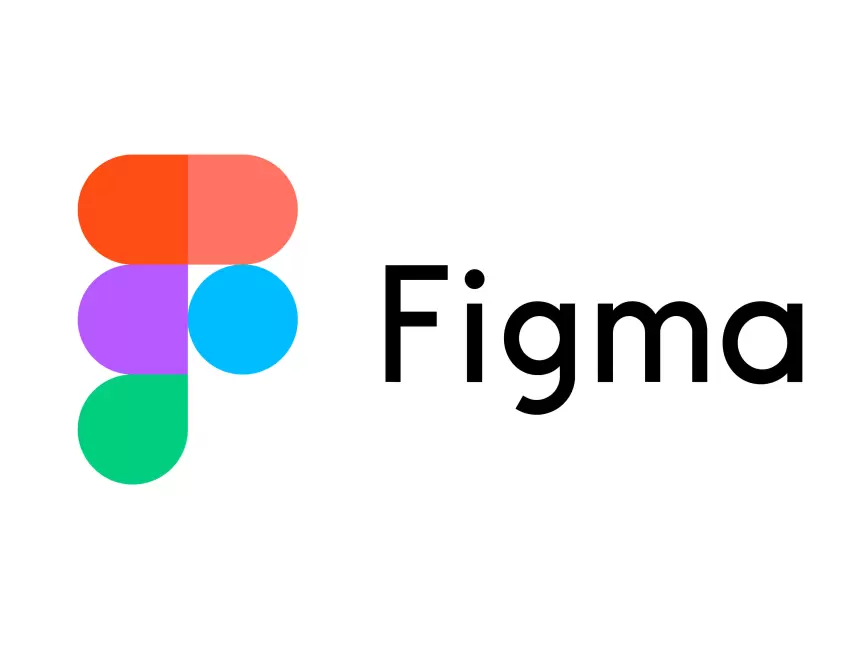The User Experience is related to all the elements that enable the interaction of the users with a specific product: appearance, use, colors, sounds, touch, emotions, and more. A good user experience goes beyond a single product and participates in the enhancement of a brand's identity.
For this reason, User Experience Design is a process that involves many personalities and skills in addition to designers: a UX team is, in fact, composed of graphic designers, analysts, marketers, developers, project managers, and product managers. To design objects and software from a UX perspective, Design Thinking is the main methodology employed: it aims at solving complex problems through a lateral and creative approach. Design Thinking uses also visual tools, such as the famous Canva, to encourage the creative development of ideas, ensuring their realization.
The UI design determines how elements within a page should stand out visually to convey the right message sequence to the user. In this case, the choice of colours is fundamental, as is the typographical study for the structure of texts and the integration of images. As a result, the UI design determines the first impact of the brand on users, combining web design skills and visual storytelling. In fact, the way a company communicates its history, its values and its products passes through the feeling that users mature by browsing the website.
The main components of a user experience design are 5:










